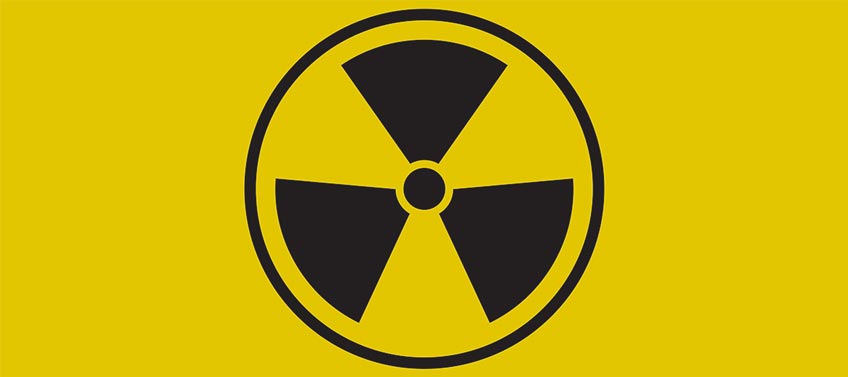
Just make sure that you have named the file with your essay properly if you are going to send it to your professor via e-mail. Well, imagine their reaction when they see that the MS Word document attached to the letter from one of their students is named “Computer Virus” or something like that.
It is another question why those evil computer geniuses keep wasting their intelligence on creating malicious software programs (simply put, on viruses) if they could develop much more useful things. However, we are here to talk about the most infamous achievements of theirs which, ironically, can become a good foundation for your research.
Let’s list them in chronological order.
Write About the Michelangelo Virus, 1991
No, it is not the very first virus attack in the history of the cyber world. The first software identified as and, actually, called a computer virus appeared as early as 1986 and had the name Brain.
Still, returning to the Michelangelo, it was detected on February 4, 1991, in Australia, and remained dormant until March 6. There would be nothing special about this date and the name of the malware itself unless March 6 was the birthday of artist Michelangelo Buonarotti and the whole Renaissance epoch.
On this day one year later the virus infected international servers. Although 10k-20k cases of data losses cannot be considered as a supersevere global cyberattack, in subsequent years users were asked to reset their PCs on March 5 to skip the date of the massive attack and avoid any possible troubles.
By the way, its creator remains unknown till nowadays.
Write About the Chernobyl Virus (or CIH), 1998

As you have probably guessed, the attack took place on April 26, the day of the 12th Chernobyl anniversary. And yes, it was repeated the following year, hitting Asian countries particularly hard. But not all of them. Taiwan remained safe and sound, while, say, South Korea reported about $250 million damage.
Surprised? Well, either was the global community. However, in 1999, four days after the attack, it was announced that Taiwanese police interviewed a 24-year-old student of Taipei Tatung Institute of Technology who was supposed to be the creator of CIH or CIH v1.2 TTIT.
The young man’s name was Chen Ing Hau. Can you see those letters? C-I-H. And TTIT is the abbreviation of the institute he studied at. Think he was punished?
NO, he was not! Because his malware did no harm to Taiwan. What is more, he got a job at a local software company and even delivered speeches at some technology conferences. What is he doing now? Hopefully, he is not working on another virus at the moment.
Write About WannaCry, Petya.A and Green Hat, 2017
The large-scale WannaCry attack took place a few months ago, on May 12, and spread across 150 countries, hitting big businesses. Among them there are parts of the UK National Healthcare Service, Deutsche Bahn (a German railway company), FedEx Corporation (an American multinational courier delivery company), as well as many other services and enterprises. The virus infected computers running the Microsoft Windows operating systems and demanded ransom payments in cryptocurrency.
While the world was puzzled by WannaCry, trying to work that cyberincident out, on June 27 Ukrainian media reported about an attack of a similar virus, named Petya.A. Again, it appeared to orient towards computers of big Ukrainian companies and banks.
Green Hat in China joined “the game” on July 5, as it was reported by CGTN, China Global Television Network. Still, a researcher from Cheetah Mobile, Li Tiejun, hurried to calm the Chinese and global community, claiming that the virus had not spread wildly across China and that it could be prevented.
These are just a few examples you can set in your essay. We hope they have inspired you to further research. Good luck!

